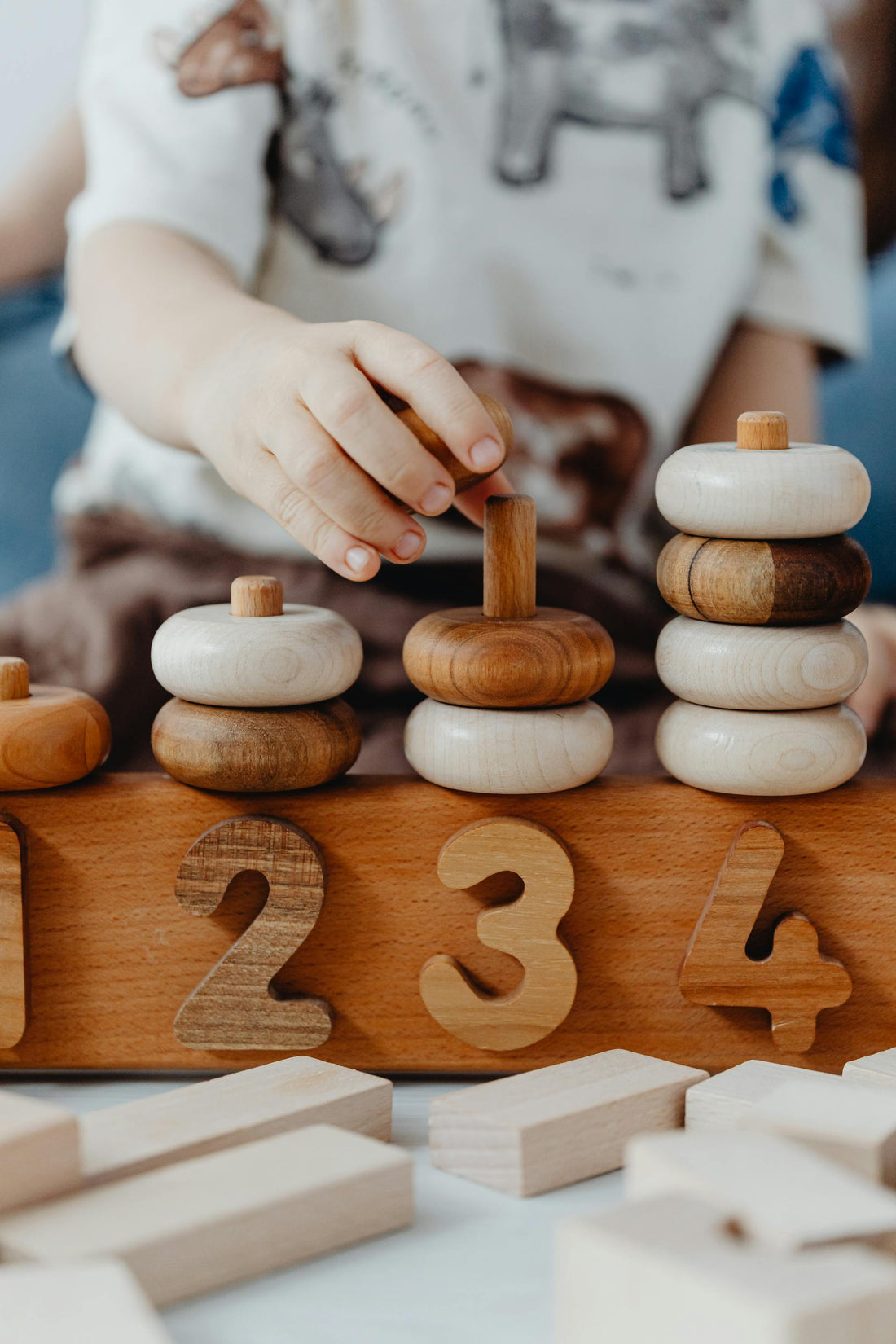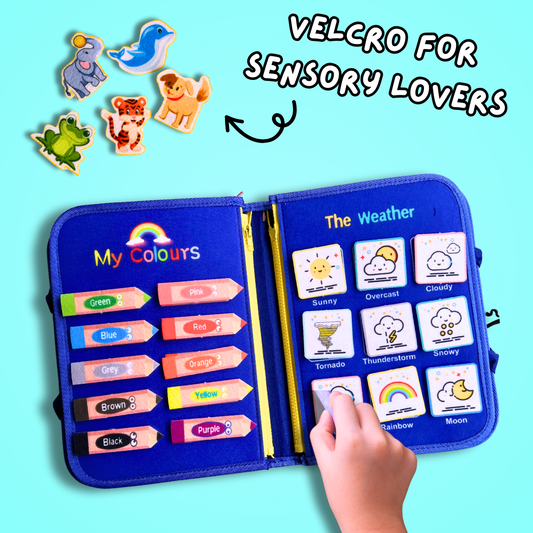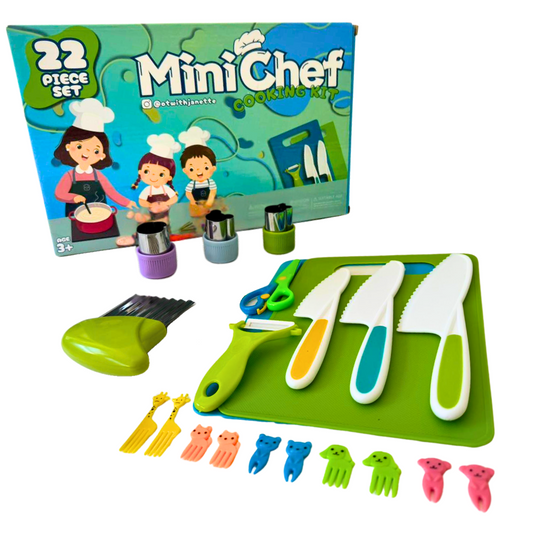
Occupational Therapy for Children: Helping Kids Thrive and Gain Independence
Share
Occupational Therapy for Children: Helping Kids Thrive and Gain Independence
As parents, caregivers, and educators, one of the most rewarding aspects of a child's growth is seeing them become more independent. However, for some children, achieving this independence in daily activities can be more challenging than others. This is where paediatric occupational therapy (OT) comes into play. Occupational therapists work with children to develop the skills needed for day-to-day activities, improving their ability to function in the world around them.
In this blog post, we’ll explore how occupational therapy helps children work on their functional goals to become more independent, and the key areas that paediatric OTs focus on—such as emotional regulation, social skills, fine and gross motor skills, and activities of daily living (ADLs) like dressing, toileting, showering, and eating.
What is Paediatric Occupational Therapy?
Paediatric occupational therapy is a branch of healthcare that focuses on helping children develop the skills they need to perform everyday tasks, also known as activities of daily living (ADLs). Occupational therapists work with children to improve their functional abilities and promote independence. OT can support children with various needs, including developmental delays, sensory processing disorders, autism spectrum disorder (ASD), physical disabilities, or learning challenges.
While many people think of occupational therapy as helping with work or school tasks, in paediatric settings, the focus is on functional activities that help children participate in school, home life, and play—key areas that influence their growth, self-esteem, and social connections.
How Paediatric Occupational Therapy Supports Independence
At the heart of paediatric occupational therapy is the goal to help children become more independent and self-sufficient in daily activities. Depending on the child's unique needs, an occupational therapist will develop a personalized treatment plan targeting specific functional goals. These goals are often related to the following key areas:
1. Emotional Regulation
One of the most important skills children need to learn is how to manage their emotions. Emotional regulation refers to the ability to recognize and control emotional responses to different situations—whether that means staying calm when frustrated or learning to express feelings in appropriate ways.
For children who struggle with emotional regulation, an OT can help teach strategies for self-soothing, mindfulness, and stress management. Therapists use tools like sensory activities, breathing exercises, and social stories to help children understand their emotions, learn coping strategies, and build resilience. This enables them to better manage transitions, social interactions, and challenging situations.
2. Social Skills
Social skills are vital for building relationships with peers, teachers, and family members. However, many children, especially those with autism spectrum disorder (ASD) or other developmental delays, may struggle with understanding social cues, taking turns, sharing, or maintaining conversations.
Paediatric OTs work with children to improve their ability to communicate and interact effectively with others. This might include activities that teach concepts like eye contact, body language, and how to start and maintain conversations. Through guided role-playing, group therapy, or structured games, children practice these skills in real-life scenarios, which help them develop confidence and form meaningful connections with others.
3. Fine Motor Skills
Fine motor skills involve the small muscles in the hands and fingers, which are necessary for tasks like writing, drawing, cutting with scissors, buttoning a shirt, and zipping up a jacket. Many children struggle with fine motor tasks due to developmental delays, coordination issues, or medical conditions like cerebral palsy.
In occupational therapy, children engage in various activities to strengthen and refine these small motor movements. Activities like drawing, beading, puzzles, and building with blocks are designed to improve hand-eye coordination, grasp, and finger dexterity. As children build these skills, they gain more independence in tasks like dressing themselves, using utensils to eat, or writing their name.
4. Gross Motor Skills
Gross motor skills involve the large muscles of the body, enabling children to perform tasks that require strength, coordination, and balance, such as running, jumping, climbing, or riding a bike. Many children with physical or developmental delays have difficulty with these skills, which can impact their ability to participate in sports, play, or even engage in everyday tasks like navigating stairs.
Occupational therapy helps children strengthen these muscles and improve coordination through activities like obstacle courses, ball games, and other fun physical exercises. These activities not only build muscle strength and coordination but also increase confidence, which is essential for developing a child’s sense of independence and self-esteem.
5. Activities of Daily Living (ADLs)
Activities of daily living (ADLs) are the basic tasks that children need to master in order to function independently in everyday life. These tasks include dressing, eating, bathing, brushing teeth, and toileting. Many children face challenges in mastering these activities, especially those with developmental delays or sensory processing disorders.
Paediatric OTs work with children to help them develop the necessary skills to perform these tasks on their own. For example:
Dressing: OTs help children practice tasks like buttoning, zipping, and tying shoes, using a variety of activities to enhance coordination, motor skills, and sequencing abilities.
Toileting: Occupational therapists assist children in becoming independent with toileting routines, including wiping, hand-washing, and managing clothing.
Showering: Children are taught strategies for safely bathing themselves, learning the sequence of steps and improving fine motor control for tasks like shampooing or washing.
Eating: For children with difficulties using utensils, occupational therapists can introduce techniques to improve grip and hand-eye coordination, helping children feel more comfortable and confident while eating.
6. Sensory Integration
Many children experience sensory processing challenges, which means they have difficulty processing or responding to sensory input (like touch, sound, light, or movement). For example, some children may be overly sensitive to certain textures, sounds, or bright lights, while others may seek out excessive stimulation to feel "grounded."
Occupational therapy helps children with sensory processing challenges by using sensory integration techniques, which are designed to help the brain better process and respond to sensory stimuli. Therapists may use calming activities, weighted blankets, or swings to help regulate a child’s sensory system and ensure they can function better in everyday settings like school, home, or social environments.
Why Occupational Therapy Matters
Paediatric occupational therapy is not just about teaching children to perform tasks—it's about empowering them to be active participants in their own lives. By working on functional goals in emotional regulation, social skills, motor coordination, and daily living tasks, children gain the skills and confidence they need to lead more independent, fulfilling lives.
Occupational therapy provides the tools to help children build resilience, develop self-regulation strategies, and improve their overall quality of life. Whether it's mastering the skill of getting dressed, learning how to navigate social situations, or simply gaining confidence to try new things, paediatric occupational therapy can make a world of difference.
Conclusion
Paediatric occupational therapy is a crucial service that supports children’s growth across multiple areas of development. Through targeted interventions in areas like emotional regulation, social skills, motor development, and daily living activities, occupational therapists help children gain the skills they need to be more independent, successful, and confident in their everyday lives. With the guidance of an OT, children can overcome challenges and unlock their full potential, helping them thrive at home, school, and in the community.






